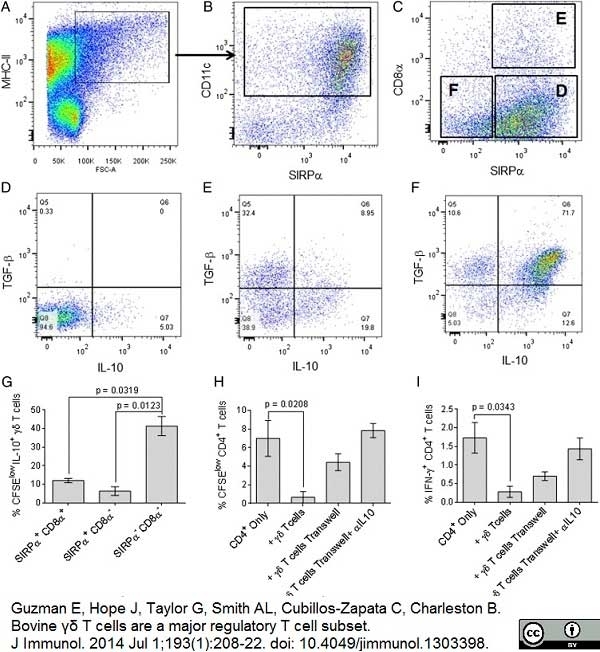

Prion diseases affect the nervous system, and there's no evidence they've ever been transmitted by drinking milk. The milk supply is safe, federal officials say. Is it possible to get mad cow disease from milk? Feed was considered a key cause of the British mad cow epidemic.įeed bans are thought to be responsible for reducing the number of cases of mad cow worldwide from 37,311 in 1992 to 29 in 2011. That includes parts from older animals, and brain and spinal tissue. and other countries have stopped using high-risk cattle parts in animal feed, including pet food. Researchers eventually figured out that they got sick from eating the meat of infected cattle. More than 150 people died of the disease there in the 1980s and 1990s. That's what happened in the United Kingdom. Or they can get it from eating meat from an infected cow. People can get Creutzfeldt-Jakob disease from spontaneously generated misfolding of proteins in the nervous system. They remain mysterious, and there's no consensus on what causes them to form.

Prions were first discovered by neurologist Stanley Prusiner in the 1980s. All these diseases slowly destroy brain tissue, and are fatal. They're responsible for other diseases in animals, and the human version of mad cow, called Creutzfeldt-Jakob disease. It's caused by prions, weird mutant proteins that are found in brain and spinal tissue. That includes the first case, in Washington state in 2003 one cow in Texas in 2005 and one in Alabama in 2006. This case brings the mad cow count in the United States up to four. But the testing is supposed to focus on older cattle or sick cattle most likely to be infected. That's just a tiny percentage of the 34 million cattle slaughtered in the U.S. The USDA randomly tests about 40,000 cattle per year. It's part of a testing program mandated by the USDA after mad cow disease was first discovered in the United States in 2003. The cow was selected for random testing at Baker Commodities in Hanford., Calif., an official there told the Associated Press. That's different than getting the disease from eating feed made out of bone and tissue from infected cattle, which caused the outbreaks in England in the 1980s and 1990s. The second is that this cow had a rare form of bovine spongiform encephalopathy, mad cow's official name, that is caused by a spontaneous mutation. Those carcasses are typically used for pet food or industrial uses. Its carcass had been sent to a rendering plant in California. The first is that the cow in question wasn't destined for the food supply.


 0 kommentar(er)
0 kommentar(er)
